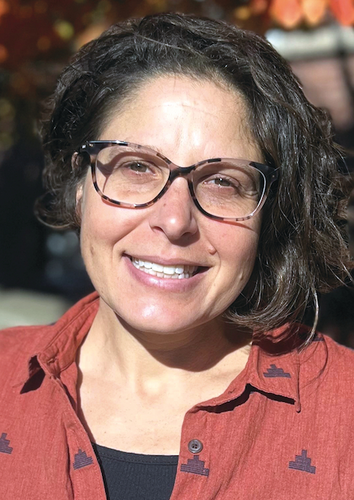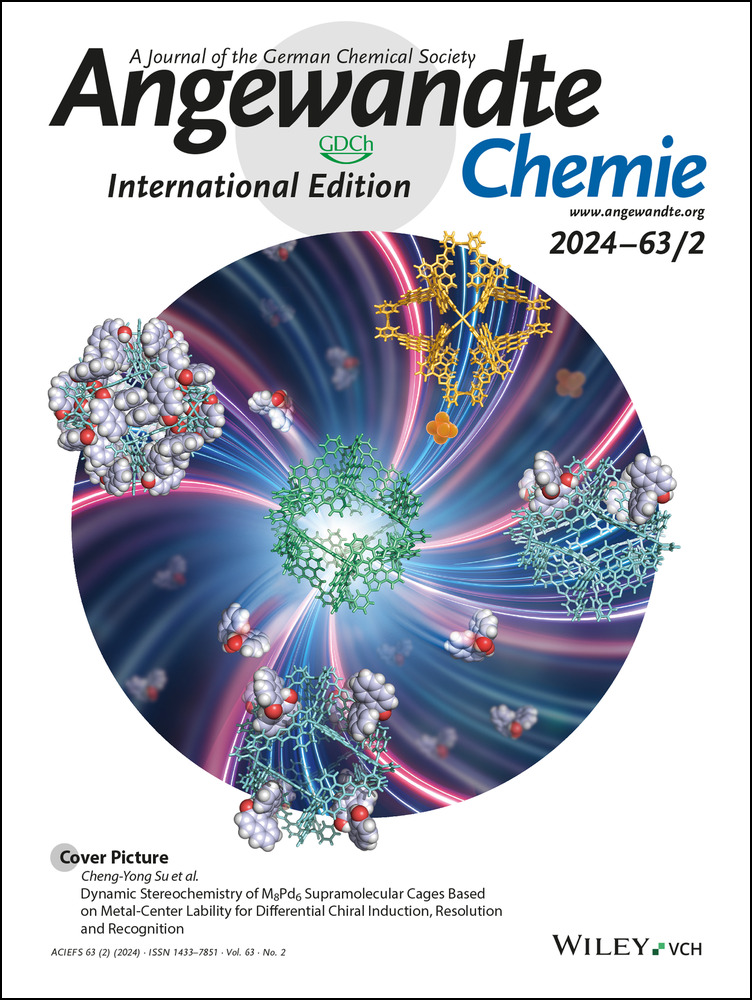Lisa Olshansky
Graphical Abstract
“The most important factor in the choice of my current research topic was realizing that all my favorite metalloenzymes are conformationally gated… I advise my students to figure out what they as an individual need in order to be productive and healthy during their PhD.” Find out more about Lisa Olshansky in her Introducing… Profile.
Lisa Olshansky
The author presented on this page has published her first article as a submitting corresponding author in Angewandte Chemie:
“Ligand Modifications Produce Two-Step Magnetic Switching in a Cobalt(dioxolene) Complex”: K. KC, T. Woods, L. Olshansky, Angew. Chem. Int. Ed. 2023, 62, e202311790.
-
Position, Location:
-
Assistant Professor of Chemistry, University of Illinois, Urbana-Champaign (USA)
-
Homepage:
-
-
ORCID:
-
-
Education:
-
2008 B.S. Chemistry, University of California San Diego (USA)
2015 Ph.D. Chemistry with Daniel G. Nocera, MIT (USA)
2016−2018 Postdoctoral Fellow with Andy S. Borovik, University of California Irvine (USA)
-
Research:
-
Bioinorganic chemistry
-
Hobbies:
-
Skateboarding, mountain biking
Modern science needs to focus on teaching the general public about how the scientific process works.
The most important factor in the choice of my current research topic was realizing that all my favorite metalloenzymes are conformationally gated.
A key experience in my education/career was performing the experiments that showed when you trap a radical along the PCET pathway of ribonucleotide reductase, the enzyme supercomplex becomes conformationally rigid.
The most important future applications of my research are the efficient conversion of one form of energy to another.
The biggest change in my scientific working environment in the past 10 years has been getting my own office.
My group has fun by playing volleyball together.
I advise my students to figure out what they as an individual need in order to be productive and healthy during their PhD.
My favorite thing about my lab group is how well they support each other.
I recharge my batteries by riding my mountain bike.
If I were not a scientist, I would be a forest ranger.
In a spare hour, I skateboard.
My favorite time of day is sunset.
If I could be granted a superpower, it would be flying because it feels so good in my dreams.
My favorite way to spend a holiday is surfing somewhere remote and beautiful.
My favorite musician is Jimi Hendrix.
Behind the Science
Half of my group was developing dynamic ligands to accommodate oxidation state-dependent structural changes of first row transition metals. The other half was developing artificial metalloproteins in which conformational changes modulate the magnetic properties of an installed metallocofactor. Combining the two, I hypothesized that our new ligands might stabilize high magnetic moments in valence tautomeric cobalt complexes. What we observed was unexpected. Rather than simply raising the valence tautomerism transition temperature, we observed a whole new magnetic state. It was the first example of a mononuclear monodioxolene complex accessing three distinct magnetic states; all previous examples only had two.





